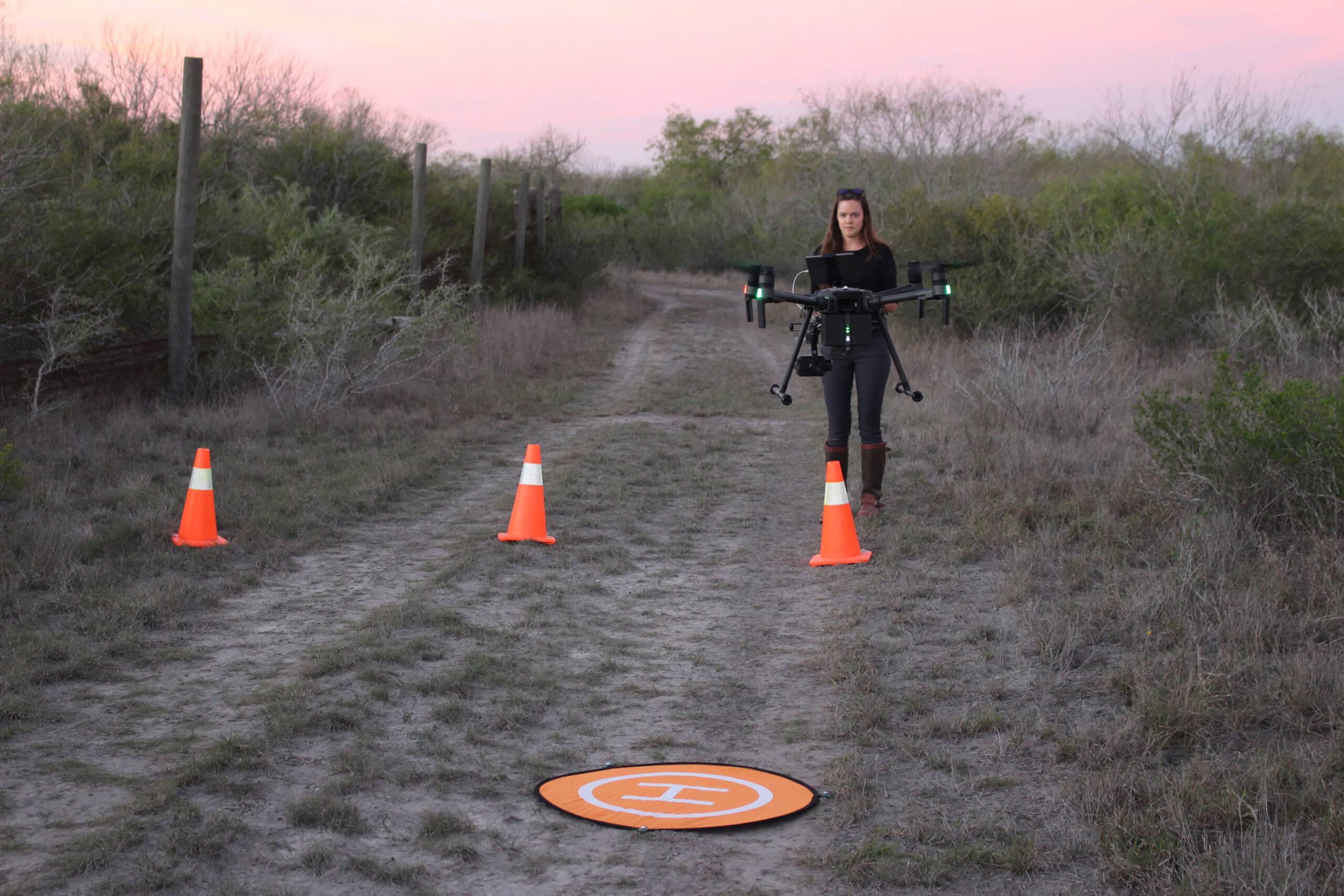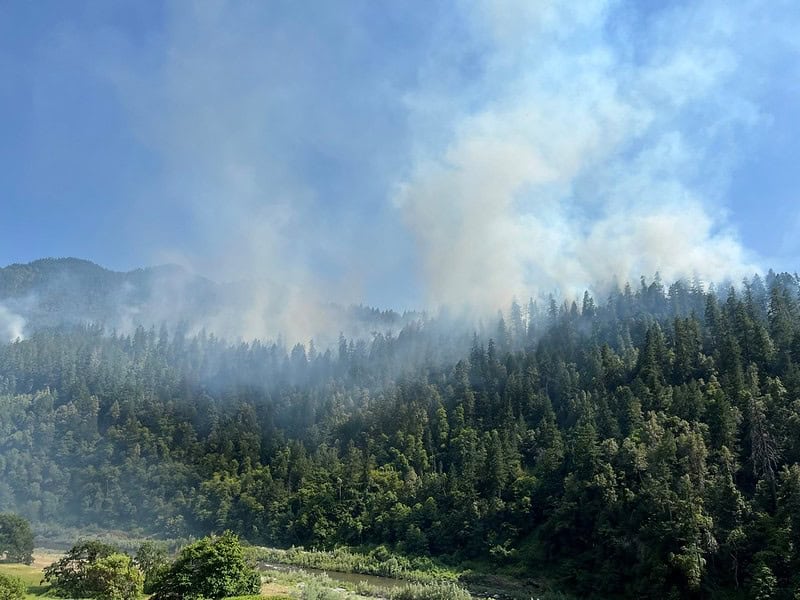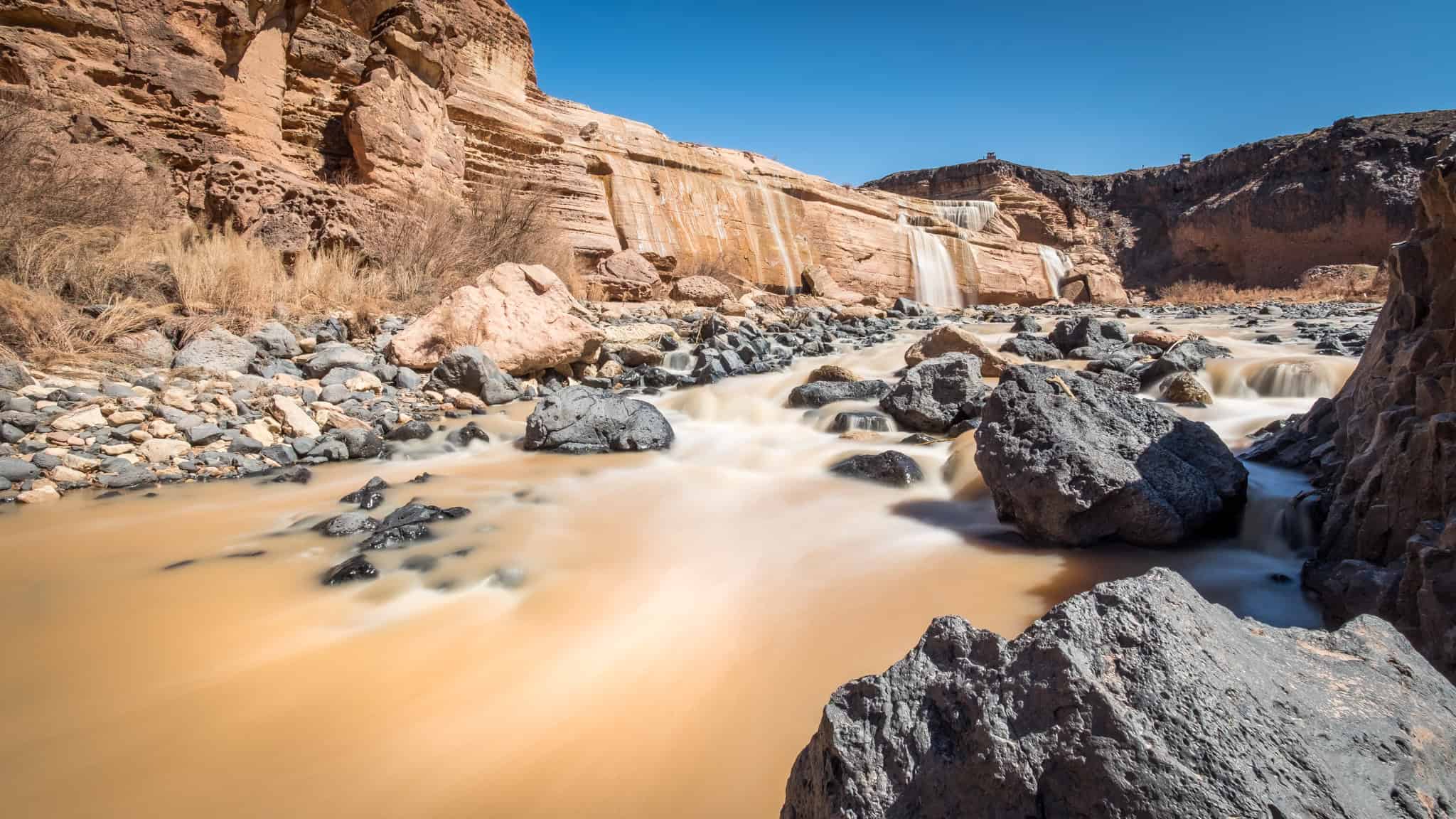Share this article
Livestock has varying effects on sage-grouse
Contrary to common belief, livestock grazing may not necessarily have an adverse influence on the greater sage-grouse (Centrocercus urophasianus). In a recent study, populations of the bird in Wyoming seemed to increase if grazing happened after spring plant growth peaked.
“There could be a win-win for sage-grouse and livestock producers,” said Adrian Monroe, a research scientist with Colorado State University’s Natural Resource Ecology Laboratory and Department of Ecosystem Science and Sustainability, and first author on the paper in Ecological Applications.
Although sage-grouse populations declined after high levels of grazing early in the growing season, Monroe said, “if that level of grazing occurs later in the season, after the peak in vegetation productivity, we found a positive response.”
Biologists had theorized that livestock grazing could impact sage-grouse by reducing the grasses and forbs the species requires for nesting cover. But because of the difficulty of surveying its expansive habitat, no study had directly tied livestock management to sage-grouse populations.
To investigate the relationship between grazing and populations of the bird, Monroe and his colleagues at the U.S. Geological Survey and Utah State University combed through federal grazing records from 2002 to 2012 for over 1,000 allotments throughout Wyoming. For each site, they used remote sensing to identify when spring plant growth was greatest and how much grazing took place before vegetation productivity peaked. They compared this information with data from long-term annual counts of sage-grouse on leks, where the birds perform breeding displays.
“A lot of these grasses are cool-season grasses,” Monroe said. “They can be sensitive to repeated heavy grazing during that critical peak growing period in spring. If you’re reducing that cover of grass in the spring, that could have a negative impact on sage-grouse populations because they’re nesting during that period.”
The positive correlation between grazing and sage-grouse populations after the vegetation peak was surprising, Monroe said. Later grazing may have less impact on plants, he said, or it may remove dead grasses and encourage forb coverage for brood-rearing birds.
The findings may not apply to moister areas, researchers said, suggesting managers take into account local vegetation productivity when predicting effects on sage-grouse.
“Is there potential for managing livestock in ways beneficial for producers by not impacting long-term forage production as much?” Monroe said. “Doing so might also benefit sage-grouse.”
Local-scale studies on impacts of grazing on vegetation and sage-grouse are needed, and are currently under way in other areas of the sage-grouse range, he said.
Header Image: Greater sage-grouse share the western landscape with grazing cattle. ©USDA








